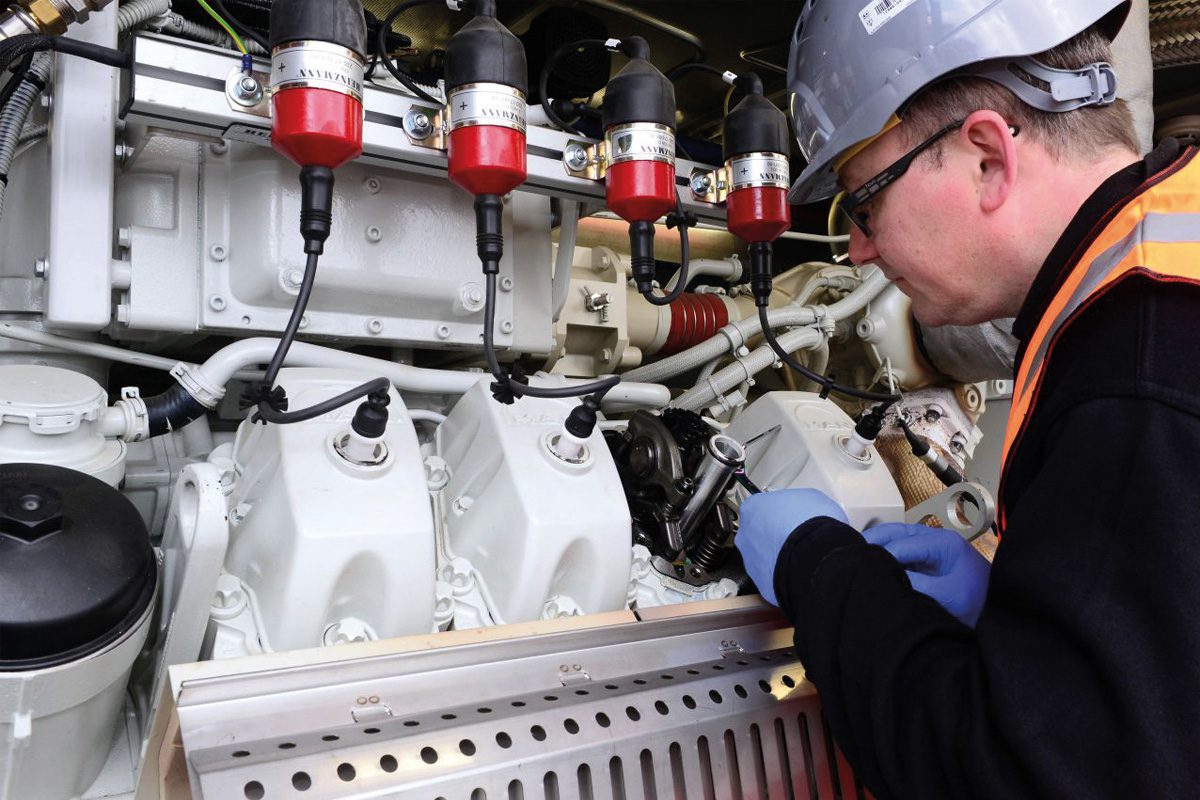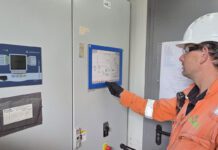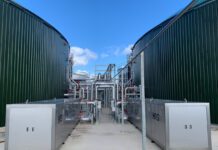In this feature, Tim Broadhurst, chief commercial officer at Cooper-Ostlund, discusses the importance of maximising CHP performance and how a few simple steps can boost your site performance significantly
According to insight from Ricardo-AEA, there is currently some 6.1GWe CHP capacity in the UK. By 2030, this figure is expected to reach more than 65TWh/yr (25% of which is expected to come from entirely renewable resources).
Whether combusting biogas in the food waste recycling market or as part of blended energy programmes for some of the world’s largest manufacturing organisations, CHP is fast-emerging as a key part of our future energy landscape.
But while a highly disruptive decentralised technology, CHP is often seen as a one-time purchase. Many owner/operators are running their plants with the belief that the only requirements for a successful CHP are to engineer and construct the plant, push the start button and reap the benefits of a completed project.
Operating on this false premise, many businesses do not adequately plan for the extensive maintenance requirements and ongoing capital investments necessary to achieve maximum efficiency in their CHP plants, causing the savings to erode over time. As this happens, many CHP owners become frustrated with the results, try insufficient quick fixes and in some cases choose to turn off their plants and go back to the grid.
This is an unfortunate situation, but one that can easily be avoided with appropriate attention and simple changes. It’s essential to appreciate the long-term requirements of your CHP engine and effectively plan for the future. Failing to do so will not only result in unnecessary engine maintenance issues, but also jeopardise pay-back periods and significantly reduce your site’s financial viability.
Step 1 – Maximise maintenance
Your CHP needs daily checks, regular fluid top-ups, periodic servicing and replacement parts to appease general wear and tear. While it is possible to do a number of these tasks yourself, especially if you know your way around an engine, there will always be some responsibilities that are best left to the experts – especially for certain functions made inaccessible by coding technology or manufacturer restrictions.

Having a solution in place to manage the day-to-day operations and maintenance of your CHP engine is therefore paramount to its performance, efficiency and longevity. Whether that covers the entire servicing element or simply takes the more complex milestone requirements off your hands, working with an expert will ensure your site maximises performance and efficiency in the long-term.
To support this, you need a trusted supplier of spare parts, fluids and everything in-between. What’s more, you need fast response times, expert insight and a consultative approach.
Step 2 – Improve your outputs
The performance gap between a CHP running at maximum efficiency vs. an inefficient one can be quite significant. For example, equipment availability on reciprocating engines at a well-run CHP plant is typically in the 92 to 94 per cent range, whereas many plants in the industry are operating at levels in the 70 to 75 percent range. Alongside maintenance, there are numerous ways to optimise an older, lower-performing plant.
Electric Turbo Compounding (ETC) – ETC products make gas and diesel-powered gensets work more cleanly and effectively, by recovering waste energy from the exhaust to improve power density and fuel efficiency.
The performance gap between a CHP running at maximum efficiency vs. an inefficient one can be quite significant.
The technology is equally suited to new-build and retrofit applications, for engines in the 150kW-2MW range. By integrating ETC technology with your engines, it’s possible to achieve enhanced power generation capacity efficiencies.
Organic Rankine Cycle (ORC) – ORC works by harnessing excess heat from your CHP engine and turning it into power. The units capture excess heat, using it in a process of evaporation. As a thermal oil is pumped through at high pressure it begins to boil and turns into gas. The gas flows through an expander, which causes a generator to spin and produce power. The gas is then cooled back into its liquid form to begin the process again.
Step 3 – Control your set-up
Another factor that often separates the well-run CHP plants from inefficient ones is the ability to measure the key performance metrics as outlined in the operations plan in real time. Best-practice companies have appropriate meters and software in place that enable them to collect and view the operations and performance metrics that are at the core of the operations plan.
By contrast, many companies that fell prey to the green button theory do not have the ability to capture and track the critical trend data over time as it pertains to the performance of the plant. As a result, they have no idea of which steps need to be taken to improve the performance to the desired levels to ensure they are meeting the financial targets that the project was initial approved on.
By replacing proprietary control systems with open protocol alternatives, your CHP engine can interoperate without the need for a proprietary interface or gateway. This allows engineers to easily control each setup without the need for specialist support and provides immediate digital access.
The added benefit of internet connectivity means engineers can even control engines from an off-site location, which further reduces costs and dramatically improves uptime.
At CooperOstlund, we understand that no two sites are the same, so approach every situation in a completely bespoke fashion – ensuring the utmost care and attention to deliver exceptional results.
Alongside providing an extensive range of maintenance programmes, we also offer a wide range of plant improvement technologies to guarantee the best possible return on investment for your site. From open-protocol control panels, to next-generation Organic Rankine Cycle (ORC) systems, our capabilities stretch far beyond installing and commissioning gas engines.
Through an exclusive agreement with Bowman Power Group, for example, we offer a comprehensive range of Electric Turbo Compounding (ETC) products, achieving an average c.3% increase in output efficiency. Our consultants can even provide independent site audits, to provide external insight into the performance of your set-up, and advise a variety of improvement options, if required.







